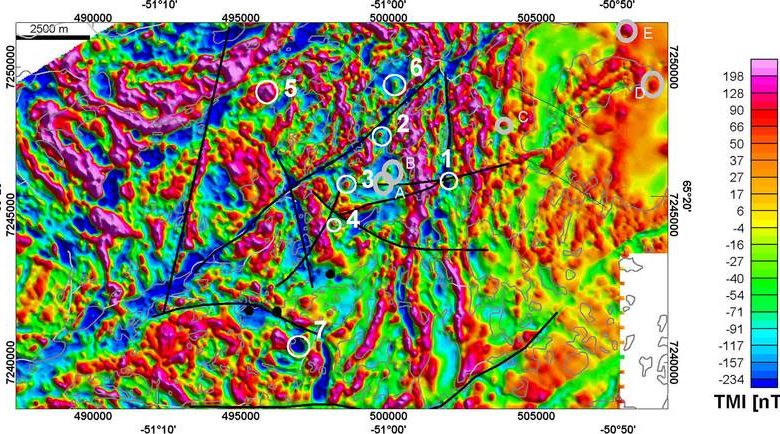All Categories
Featured
Table of Contents
Greeley-evans Area 3d Geophysical Survey in Applecross Aus 2020
Time piece from 23 to 25ns. This last piece is now almost all blank, but a few of the walls are still revealing highly.
How deep are these slices? The software I have access to makes estimating the depth a little difficult. If, however, the top 3 slices represent the ploughsoil, which is probably about 30cm think, I would guess that each slice has to do with 10cm and we are just getting down about 80cm in overall.

Fortunately for us, many of the sites we have an interest in lie just listed below the plough zone, so it'll do! How does this compare to the other approaches? Comparison of the Earth Resistance data (leading left), the magnetometry (bottom left), the 1517ns time slice (top right) and the 1921ns time piece (bottom left).
Geophysical Survey Services in Mahogany Creek WA 2023
Magnetometry, as discussed above, is a passive technique determining local variations in magnetism against a localised absolutely no worth. Magnetic susceptibility study is an active method: it is a step of how magnetic a sample of sediment might be in the presence of an electromagnetic field. Just how much soil is checked depends on the diameter of the test coil: it can be very small or it can be relatively large.
The sensor in this case is very small and samples a tiny sample of soil. The Bartington magnetic susceptibility meter with a large "field coil" in usage at Verulamium during the course in 2013. Leading soil will be magnetically enhanced compared to subsoils simply due to natural oxidation and decrease.
By determining magnetic susceptibility at a relatively coarse scale, we can detect locations of human profession and middens. Regrettably, we do not have access to a trustworthy mag sus meter, but Jarrod Burks (who assisted teach at the course in 2013) has some outstanding examples. Among which is the Wildcat website in Ohio.
Geophysical Survey - Mining Fundamentals in Hazelmere Oz 2023
These towns are frequently laid out around a central open location or plaza, such as this rebuilt example at Sunwatch, Dayton, Ohio. Sunwatch Village, Dayton, Ohio (image: Jarrod Burks). At the Wildcat website, the magnetometer survey had found a range of functions and houses. The magnetic vulnerability study assisted, however, specify the primary location of occupation and midden which surrounded the more open area.
Jarrod Burks' magnetic vulnerability study arises from the Wildcat site, Ohio. Red is high, blue is low. The technique is therefore of great usage in defining locations of basic occupation rather than determining specific features.
Geophysical surveying is an applied branch of geophysics, which utilizes seismic, gravitational, magnetic, electrical and electromagnetic physical methodologies at the Earth's surface to determine the physical homes of the subsurface - Geophysical Survey Requirements In California Waters in Coolbellup Western Australia 2022. Geophysical surveying techniques generally determine these geophysical residential or commercial properties in addition to abnormalities in order to assess numerous subsurface conditions such as the existence of groundwater, bedrock, minerals, oil and gas, geothermal resources, voids and cavities, and far more.
Latest Posts
Geophysical Surveys - U.s. Geological Survey in Wandi Western Australia 2023
Geophysics in Mount Claremont Aus 2020
Geophysical Survey in Casaurina Aus 2020